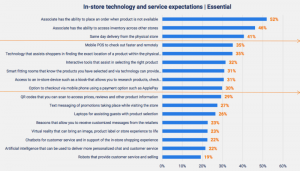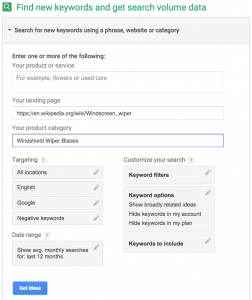The Death Of TV Ads
After literally decades of growth, global newspaper ad spend was nearing $125 billion in today’s dollars, second only to television and more than magazines, radio, and outdoor combined.
2007 was the year newspaper ads died.
Most of them didn’t know it yet, of course. But, in the following two years, newspaper ad spend plummeted by around 24%. Then two years of slight increases… and then more plummeting. And more. And more.
What destroyed newspaper ads, of course, was search. Google was nine years old, hitting its stride as a media company. Although search spend — around $20 billion that year — may not have seemed significant enough to threaten the newspaper titans, the rate of growth should have tipped them off that something big was happening.
Today, newspaper ad spend sits at around a quarter of what it was at its peak, having effectively swapped places with search, which pulled in around — you guessed it! — $125 billion last year.
Yeah, yeah. You know that story. Old one.
But pay attention: The exact same thing is playing out between TV and social.
In 2007, TV was king of the mountain, pulling in around $170 billion a year, while Twitter had only just been founded, Facebook had only just opened up to the general public, and YouTube had only just been bought by Google. Social didn’t even exist as a spend category.
In the ensuing years, save a dip for the GFC, TV continued to climb, hitting $217 billion in 2014. That year, spending on social was still small at $25 billion. But it was following the same hockey-stick trajectory that search had seven years earlier.
2014 was the year TV ads died.
Most of us don’t know it yet, of course. TV ad spend pulled in $160 billion this year. It’s still the largest single category of advertising globally, by a lot.
But if we’ve learned anything from the saga of the newspapers, it’s that trajectories are more important than any particular point in time.
In the past six years, while TV spending dropped by more than a quarter, social media spend has nearly quadrupled. Online video, which accounted for just $9 billion in ad spending in 2014, has more than quintupled since then.
The most commonly cited reason for this is targeting: TV is a “spray and pray” medium; digital is precise. Doesn’t matter how random your business is. Want to sell costumes to furries? You can find them easily on social: not a dollar of your ad spend is wasted.
The arguments about the benefits of social are valid. But they neglect an equally important argument: the downsides of television.
As NYU professor Scott Galloway wrote recently, “Viewers are catching on that advertising is a tax on the poor/lazy and can be evaded via subscription. And advertisers are flocking to digital products that offer more precise targeting and measurement. CNN is only able to garner 23 cents per viewer per hour interrupting Fareed Zakaria with constant reminders that getting old sucks. The cable bundle is built on the assumption that your time is worth less than $1/hour.”
Newspapers survived the death of their primary source of revenue by changing business models. The New York Times switched to a digital subscription model, and shares in the company went from $4 in 2009 to more than $46 today. It is possible to come out the other side.
But in order to do that, you first have to accept that this side is done. If you don’t kill the caterpillar, you don’t get the butterfly.
Time to kill the caterpillar.
MediaPost.com: Search & Performance Marketing Daily(15)
Report Post







